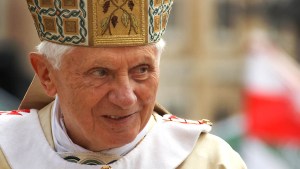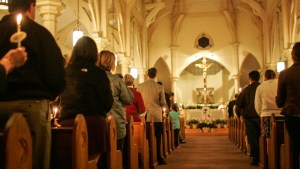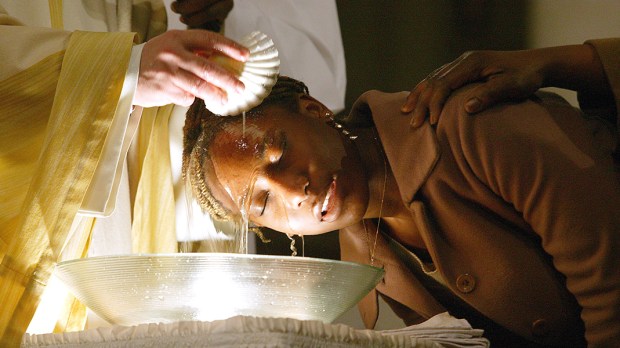The Sacred Triduum, the final three days of Holy Week, constitute the holiest days of the entire liturgical calendar. These days contain the most elaborate liturgies of the Catholic Church and commemorate the most sacred events in the life of Jesus Christ.
It should not be surprising that these days were kept with great solemnity since the very beginning of Christianity. The early Christians sought to recall the final days of Jesus’ earthly life, focusing on his Passion, death and resurrection.
Holy Thursday
The first day of the Triddum is Holy Thursday, the day the Church commemorates the Last Supper of Jesus and his apostles. Initially this day was used as a preparation day for Good Friday and the Easter celebrations. It was marked as a day to reconcile public penitents and make a final examination of those who would be baptized at the Easter Vigil.
Over time this led to the creation of three separate Masses for Holy Thursday. One was to welcome back into the fold public penitents who spent Lent making reparations for their sins, another was a Mass for the blessing of holy oils, and the third Mass was used to remember the Last Supper.
Those in Jerusalem were able to celebrate this day in a special way, literally walking in the footsteps of Jesus. According to the Catholic Encyclopedia, “On the Thursday the Liturgy was celebrated in the late afternoon, and all Communicated, after which the people went to the Mount of Olives to commemorate with appropriate readings and hymns the agony of Christ in the garden and His arrest, only returning to the city as day began to dawn on the Friday.”
Good Friday
The liturgy on Good Friday has always been focused on reliving the passion of Jesus. Christians in Jerusalem would begin the day reciting the Gospel passages surrounding the condemnation of Jesus and would take a break, only to return in the early afternoon to recite the passages concerning Jesus’ death.
A veneration of the true cross of Jesus Christ was held, which survives today in the liturgy of Good Friday.
After the liturgies of Good Friday, many would remain in the church and fast until the festive celebrations on Saturday night.
Holy Saturday
Initially Holy Saturday was a day of silence and prayer. No particular liturgies were celebrated and the Church focused on Jesus’ descent into the realm of the dead. Since the very beginning the Church would celebrate an Easter vigil service, which began in the late evening and continued with the celebration of Mass on Easter Sunday morning at dawn.
A liturgy of light was held, remembering Jesus the “light of the world,” who came to dispel the darkness of sin and death.
Baptisms were also a common feature of this early liturgy, along with the blessing of the baptismal font.
Interestingly enough, the current liturgy celebrated on Holy Saturday by the Roman Catholic Church is very similar, if not nearly identical to, what the early Christians experienced.

Read more:
Benedict XVI’s brief guide to the Paschal Triduum

Read more:
Here’s a step-by-step guide to the Easter Vigil

